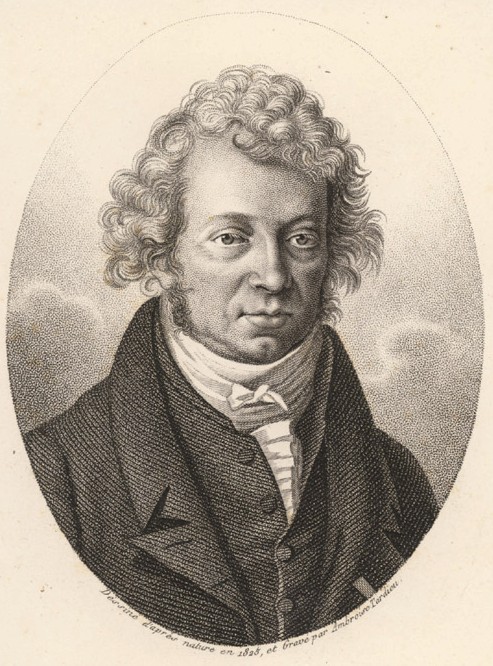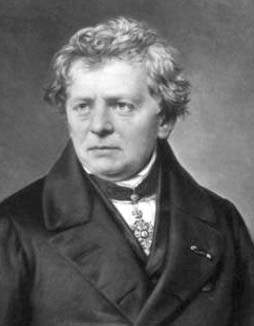When you are buying a new washing machine, radio, TV, etc you will constantly come across references to the some units of measure. Each unit has a specific significance, and the first four electrical units bear a close relationship to each other.
VOLT, Voltage
Named after the Italian physicist Alessandro Volta, who invented the first battery in the 1800.

Volt, often expressed simply as V, is a measure of the pressure that pushes the current round a circuit. The current supplied to domestic premises in U.K is generally at a pressure of 240V, and it may vary 14V above or below that figure. As the current moves from the live wire through the load presented by an appliance, light bulb,etc, its conversion to energy causes the voltage to drop. When the current leaves the load and returns through the neutral wire to its source at the power station, the voltage is down to almost zero.
AMPERE, Amps or A
It is named after André-Marie Ampère (1775–1836), French mathematician and physicist.

AMPERE, Amps or A for short, is the unit used to measure the amount of current. The number of electrically charged particles called electrons, that flows past a given point on a circuit each second.Billions of electrons are necessary to make up just 1 Ampere. Amperage is determined partly by Voltage and partly by Resistance.
OHM, Ω
OHM, symbol Ω from the Greek alphabet, is the unit for measuring resistance. It is named after the German physicist, Georg Simon Ohm, who established the law that states that the current flow through a conductor is inversely proportional to resistance. This may be expressed by the equation : Volts + ohms = amps. Thous, if you know two of the amounts involved, you can work out the third.

The term impedance is sometimes used instead of resistance. There is a technical difference between these terms, but for house wiring the words are interchangeable.
WATT, W
Named after the Scottish engineer James Watt (1736–1819)

WATT, W is the unit of power, indicating how much current an appliance consumes at any given moment. The relation between volts, amps and watts is expressed in another equation that enables any electrician to make any calculation it is needed for the electrical project : Volts X Amps = Watts.
Thus, if the current is 240V and an appliance requires 4Amps of current, the equation will read: 240V X 4A = 960W. Conversely, if you have an appliance rated at 1,200W, you can calculate that the amount of current needed is 5Amps.
It is customary to use the kilowatt (kW) which is 1,000 watts, as the unit of power for higher wattages.
KILOWATT HOUR
KILOWATT HOUR is the unit for measuring the total amount of electricity consumed. For example, if you burned a 1 kilowatt for exactly an hour, it will draw 1 kilowatt of energy from the mains, unit of consumption the would be included in your electricity bill.
